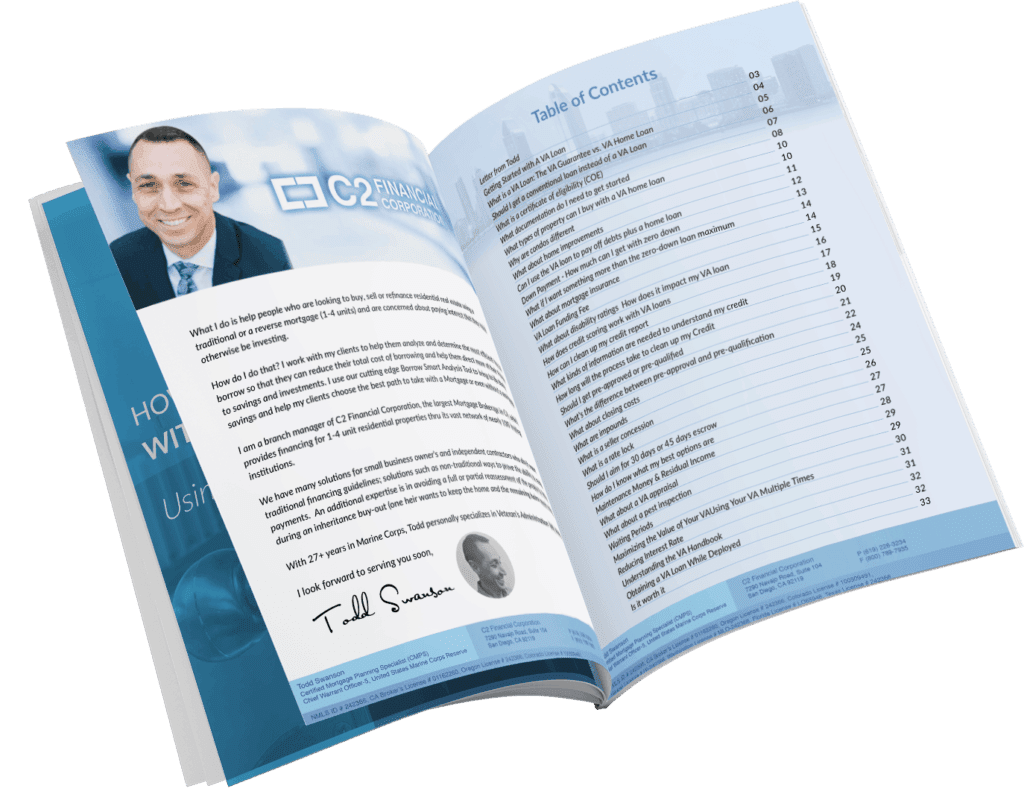Debt-to-Income Ratio
Your ratio of debt to income is a formula lenders use to calculate how much of your income can be used for a monthly home loan payment after all your other recurring debt obligations are met.
About your qualifying ratio
Usually, conventional loans need a qualifying ratio of 28/36. FHA loans are less strict, requiring a 29/41 ratio.
The first number in a qualifying ratio is the maximum percentage of your gross monthly income that can go to housing (this includes mortgage principal and interest, private mortgage insurance, hazard insurance, property taxes, and homeowners’ association dues).
The second number in the ratio is the maximum percentage of your gross monthly income which can be applied to housing costs and recurring debt together. Recurring debt includes things like auto loans, child support and credit card payments.
Examples:
28/36 (Conventional)
- Gross monthly income of $3,500 x .28 = $980 can be applied to housing
- Gross monthly income of $3,500 x .36 = $1,260 can be applied to recurring debt plus housing expenses
With a 29/41 (FHA) qualifying ratio
- Gross monthly income of $3,500 x .29 = $1,015 can be applied to housing
- Gross monthly income of $3,500 x .41 = $1,435 can be applied to recurring debt plus housing expenses
If you want to calculate pre-qualification numbers with your own financial data, we offer a Mortgage Pre-Qualifying Calculator.





